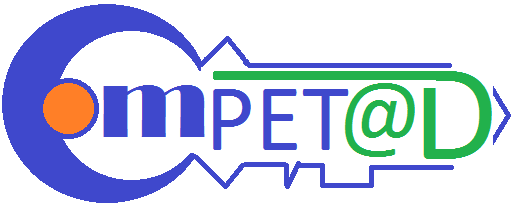COURSE DESCRIPTION:
All businesses, big or small, have risks associated with the rewards and goals that they target. Minimizing the risks without sacrificing the rewards and project goal is a critical skill and employee/business must have. One of the many reasons why a project/business fails is because of their failure to provide proper risk management. Learning on how to the risk management process works will be advantageous.
Along the road to achieve your goal, it is now always negative risks. Positive risks are called opportunities. It is not that easy to decide to grab that opportunity. Opportunities should be properly handled to achieve optimum outcome. There are many times where lack of planning and opportunity management resulted to wasted opportunities. It is important to know how to properly approach an opportunity and get maximum results.
As we enter a new normal due COVID-19 pandemic resulting to aggravated risks, uncertainties and opportunities on employees, employers, and/or business operations. We need a deeper understanding on how to manage those risks, uncertainties and opportunities and be equipped with
COURSE OBJECTIVES: At the end of the module, the participants should:
- Discuss the Importance of Risk Management
- Learn to Identify, Analyze and Treat Risks
- Learn Risk Mitigating methods
- Read and create risk register
- Learn to manage risk and create a treatment plan
COURSE TOPICS:
Teaser/Intro (1.5 to 2 Hours)
- Importance of knowing “what can go wrong?”
- Effects of uncertainty
- Should we just grab these opportunities?
- Things we can do to reduce or eliminate risks
Session 1: Risk Identification (1.5 to 2 Hours)
- What is a Risk?
- Risk
- Issues
- Crisis
- Importance of Risk Management
- What is an Opportunity?
- Leads vs Opportunity
- Identifying Risks and Opportunity
- Sources of Risk
- Sources of Opportunities
- Strategies for Identifying Risks and Opportunities
Session 2 – Risk Assessment (1.5 to 2 hours)
- Risk Appetite
- Assessing Risk Appetite
- Risk Appetite Tolerance
- Altering Risk Appetite
- Assessing Risks and Opportunities
- Assessing Opportunities
- Assessing Risks
- Risk Analysis
- Risk Severity Matrix
- Risk Register
- Risk Handling
Session 3 – Managing Risks (1.5 to 2 hours)
- Risk Mitigation
- Risk and Opportunity Treatment Plan
- Risk Elimination
- Re-allocation of Risk Ownership
- Modification of Risk Exposure
- Managing Innovation
- Evaluating Risks and Opportunities
- Real Options
- ROI and NPV Calculations
- Risk Monitoring and Control.
Registration Instructions:
1. Fill out the registration form by clicking the link on top of this page. You may also download the MS Word attachment send it to publictraining@competad.com
2. Our admin team shall send you shortly the Statement of Account/Confirmation of registration. Sign the statement of account to conform and finalize your registration and email the soft copy. For free events, you will not receive a Statement of Account. The process will stop here.
3. For paid sessions, follow the instructions in the statement of account and complete your payment.
4. Send the scanned copy of the Statement of Account and your deposit slip, if applicable.
5. If you need an official Billing Invoice for paid sessions, please call us at (02) 34333342 or click here for alternative numbers.












